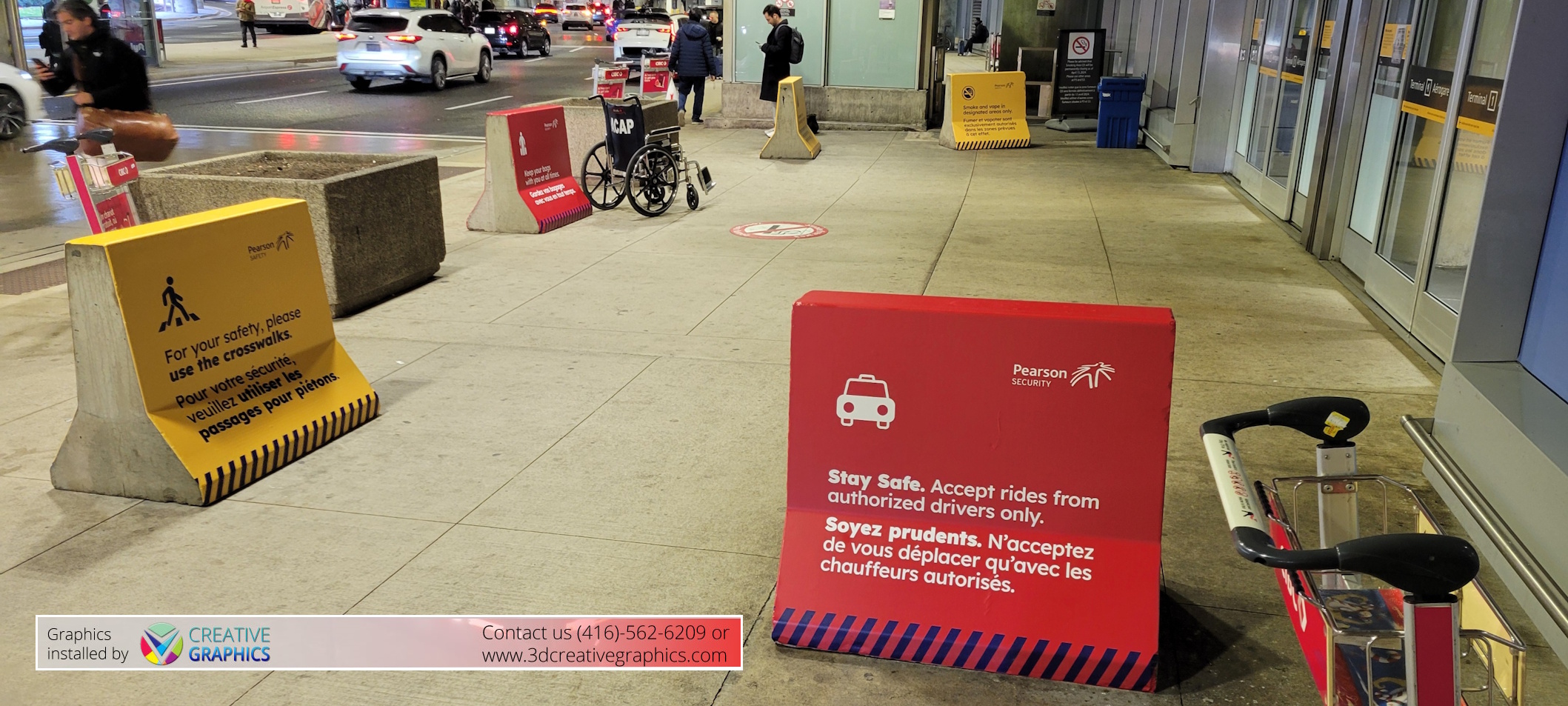Why Graphics Matter in Safety Signage
Safety signage is a vital part of any public space, especially in high-traffic environments like transportation hubs, commercial buildings, and large venues. It plays a fundamental role in guiding people through complex layouts, preventing accidents, and supporting quick and informed decision-making during emergencies.
Effective safety graphics are carefully designed to meet the diverse needs of the public. High-contrast colors are used to ensure maximum readability across a wide range of lighting conditions, helping everyone—including individuals with visual impairments—clearly identify instructions and directional cues at a glance.
Durability is another key factor. In busy locations where signage is exposed to frequent use, temperature changes, and cleaning procedures, materials such as weather-resistant vinyl and sturdy acrylic finishes are ideal. These materials maintain their appearance and legibility over time, making them a practical and long-lasting solution for critical safety communication.
To accommodate a multicultural audience, modern safety signage often combines multiple languages with universally recognized symbols. This approach makes it easier for people from different linguistic backgrounds to understand important messages without confusion, promoting smoother and safer movement throughout the space.
Enhanced visibility features such as glow-in-the-dark and reflective surfaces are also increasingly common. These elements ensure that signs remain visible during low-light conditions, power outages, or emergency situations, making them essential for wayfinding and safety response.
By combining thoughtful design with durable materials and strategic visibility enhancements, safety graphics become an indispensable tool in maintaining order, reducing risks, and creating a secure environment for everyone.



 Want to Learn More?
Want to Learn More?